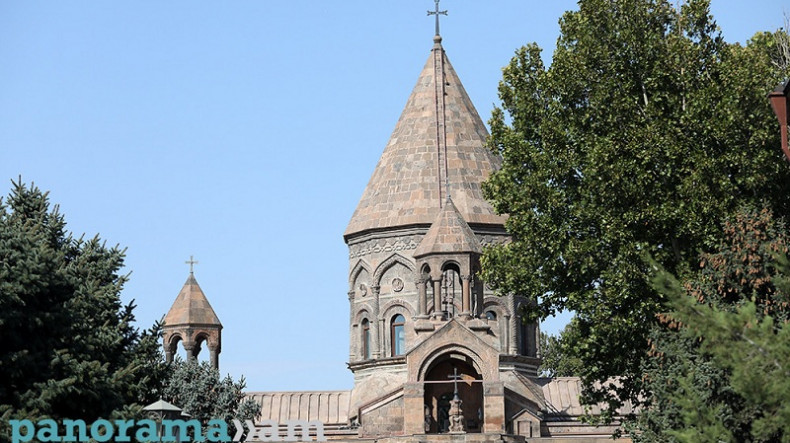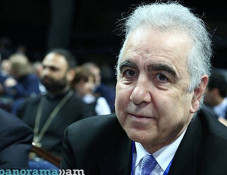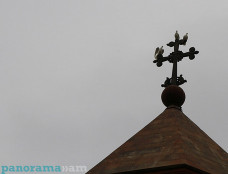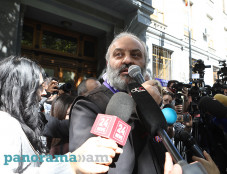
Armenian church honors Holy Evangelists
The Armenian Apostolic Church on Saturday commemorates the Holy Evangelists, Matthew, Mark, Luke and John.
The word Evangelist comes from the Greek evangelists which means “one who brings good news.” Evangelists are given the special ability by the Holy Spirit to communicate the Gospel of Jesus Christ clearly and effectively. In the early days of the church evangelism was the work of the apostles. By the third century, the authors of the four canonical Gospels became known as the Holy Evangelists, and as the church grew “evangelist” began to denote a specific office that could include “apostles, prophets, evangelists, pastors and teachers” (see Ephesians 4:11-12).
Matthew is the patron of the Church’s mission. The Gospel attributed to him closes with Jesus’ command to His disciples and followers to, “Go therefore and make disciples of all nations, baptizing them in the name of the father and of the Son and of the Holy Spirit, and teaching them to obey everything that I have commanded you. And remember, I am with you always, to the end of the age.” (Matthew 28:19-20)
Mark had significant influence on the advancement of Christianity. Although the Gospel according to Mark is a narrative of the life of Jesus, theologians consider it to be a handbook of discipleship. The dominant message is that being a Christian is not only to believe in Jesus Christ, it is also living according to the example set by Jesus. According to tradition, Mark was the first bishop of Alexandria. One of the most magnificent cathedrals in the world is named after him in Venice, where his relics are kept.
Luke is the author of the third Gospel and the Book of Acts. He is considered to be the patron of physicians and artists. The Gospel according to Luke describes Jesus as “the healer of a broken world.” Luke is also noted for his concern for the poor, the marginalized, women, and social outcasts. His Gospel does not end with the Resurrection, but continues to Pentecost and the eternal presence of Christ in the world. Traditionally he is believed to be one of the Seventy and the unnamed disciple in Emmaus.
John, often called the “beloved disciple,” is the author of the fourth Gospel. He was the only one of the twelve disciples who did not forsake Christ and stood at the foot of the Cross. Jesus entrusted his mother to John’s care on the day of the Crucifixion. The best-known verse in his Gospel is John 3:16: “For God so loved the world that he gave his only Son, that whoever believes in him should not perish but have eternal life.” According to tradition, John left Jerusalem after attending the first ecumenical council and went to Asia Minor and settled in Ephesus. He was exiled to the island of Patmos where he wrote the book of Revelation, although more recently scholars have concluded that John the Apostle and John of Patmos were two different people.
Newsfeed
Videos






























